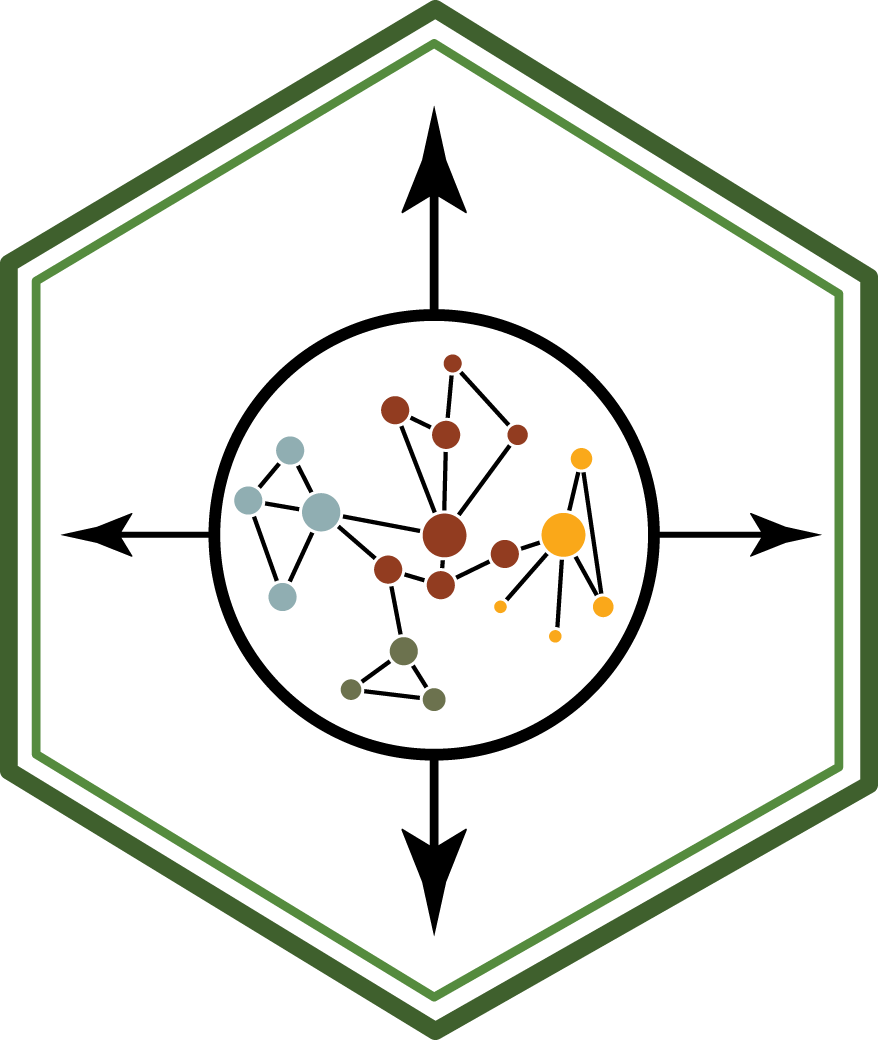Summary
This is an introduction highlighting a few of the main differences between R and Python in data science.
Introduction
R and Python are two of the most popular programming languages for bioinformatics. Both languages have their own strengths and weaknesses, and the best choice for a particular task will depend on the specific needs of the researcher.
R
R is a statistical programming language that is widely used for bioinformatics research. It has a large number of packages available for analyzing and visualizing data, and it is relatively easy to learn. One of the major draws to R is the visualization libraries such as ggplot2.
Python
Python is a general-purpose programming language that is also used for bioinformatics research. Additionally, it has a large number of libraries available for scientific computing, and it is also relatively easy to learn.
Comparison of R and Python
R and Python are both powerful programming languages that can be used for bioinformatics research. However, there are some key differences between the two languages.
R is a statistical programming language, while Python is a general-purpose programming language. This means that R is designed for statistical analysis, while Python can be used for a wider range of tasks. Though there are many bioinformatic and data science related packages available in Python, bioinformatics is not the main focus of the language in the way that it is in R. However, Python has become the language of choice for the machine learning community. This means that Python is better equipped to work with large datasets and will distribute the most cutting edge machine learning techniques. R has a large number of packages available for bioinformatics research, that are highly curated by the Bioconductor community. Furthermore, here are many important bioinformatics packages distributed in R that are not available in other languages. Therefore, even if you decide R is not right for your day-to-day work, you will likely still have to use it every once in a while. However, the number of Python libraries is growing rapidly. The learning curves for scientific computing are similar between the two languages. They are both relatively easy to learn, but Python is a more complex language and can be used for a wider variety of tasks.
Conclusion
R and Python are both powerful programming languages that can be used for bioinformatics research. The best choice for a particular task will depend on the specific needs of the researcher.
